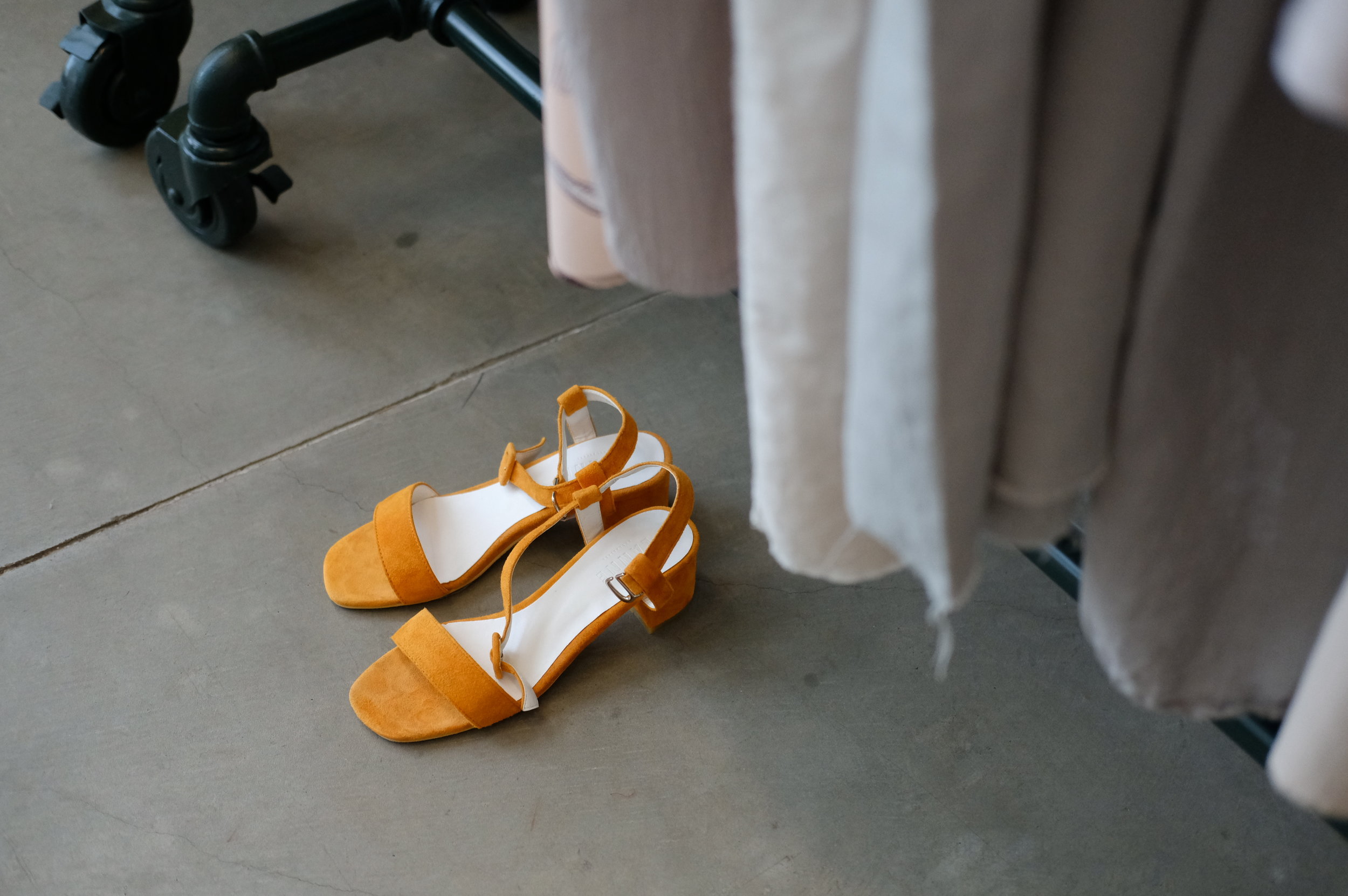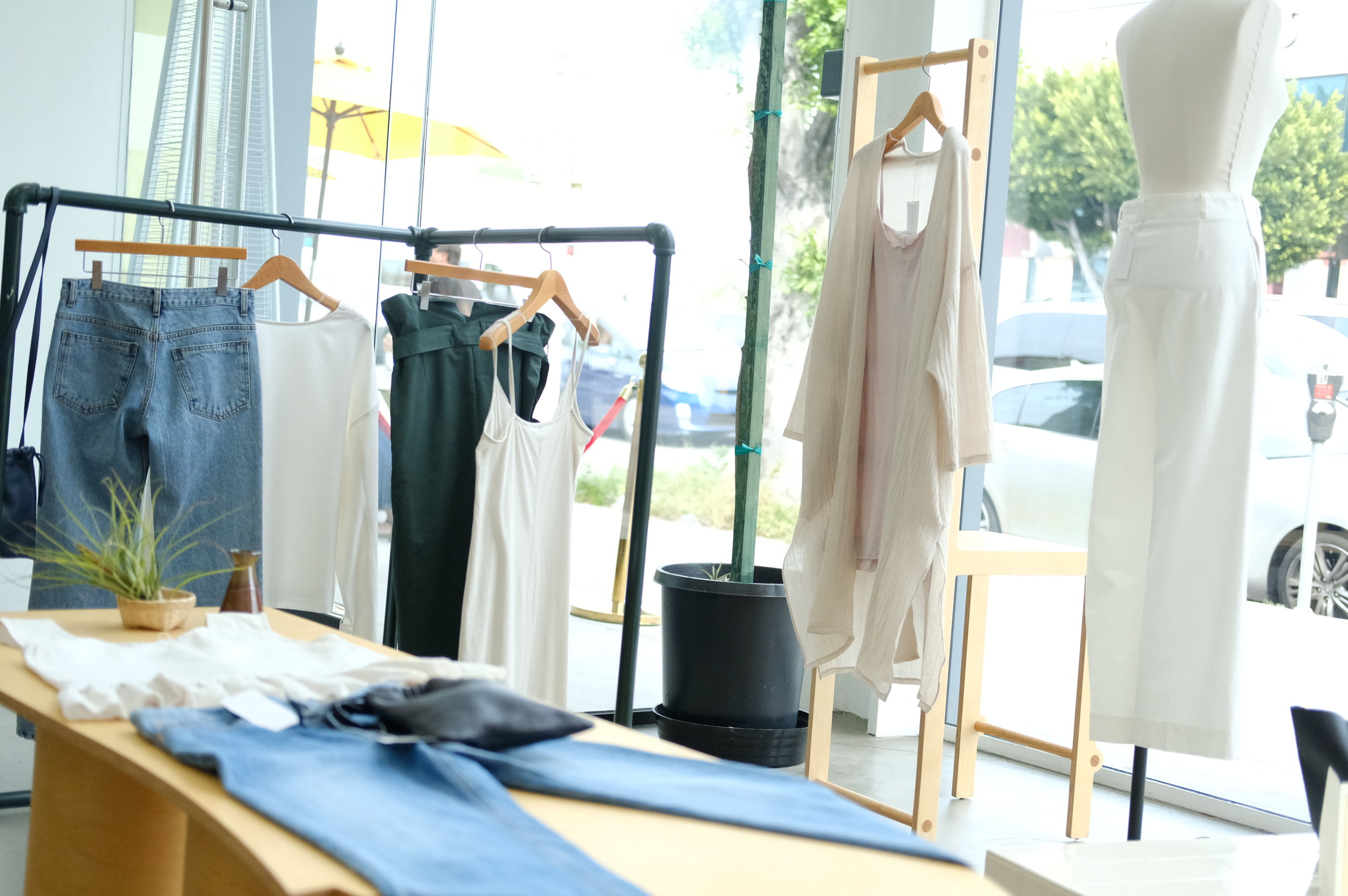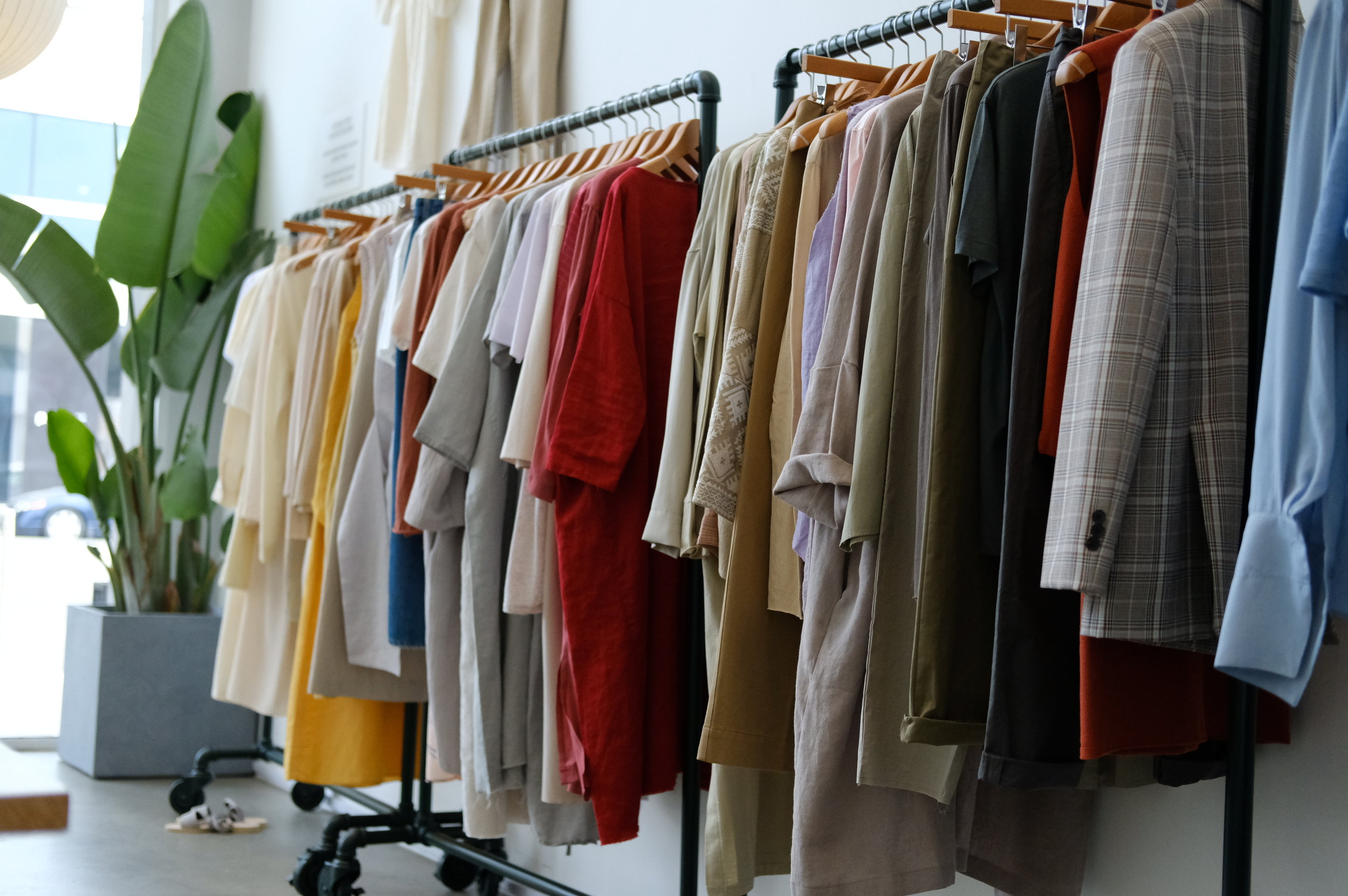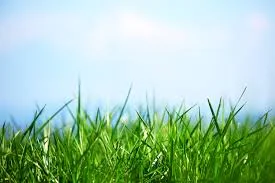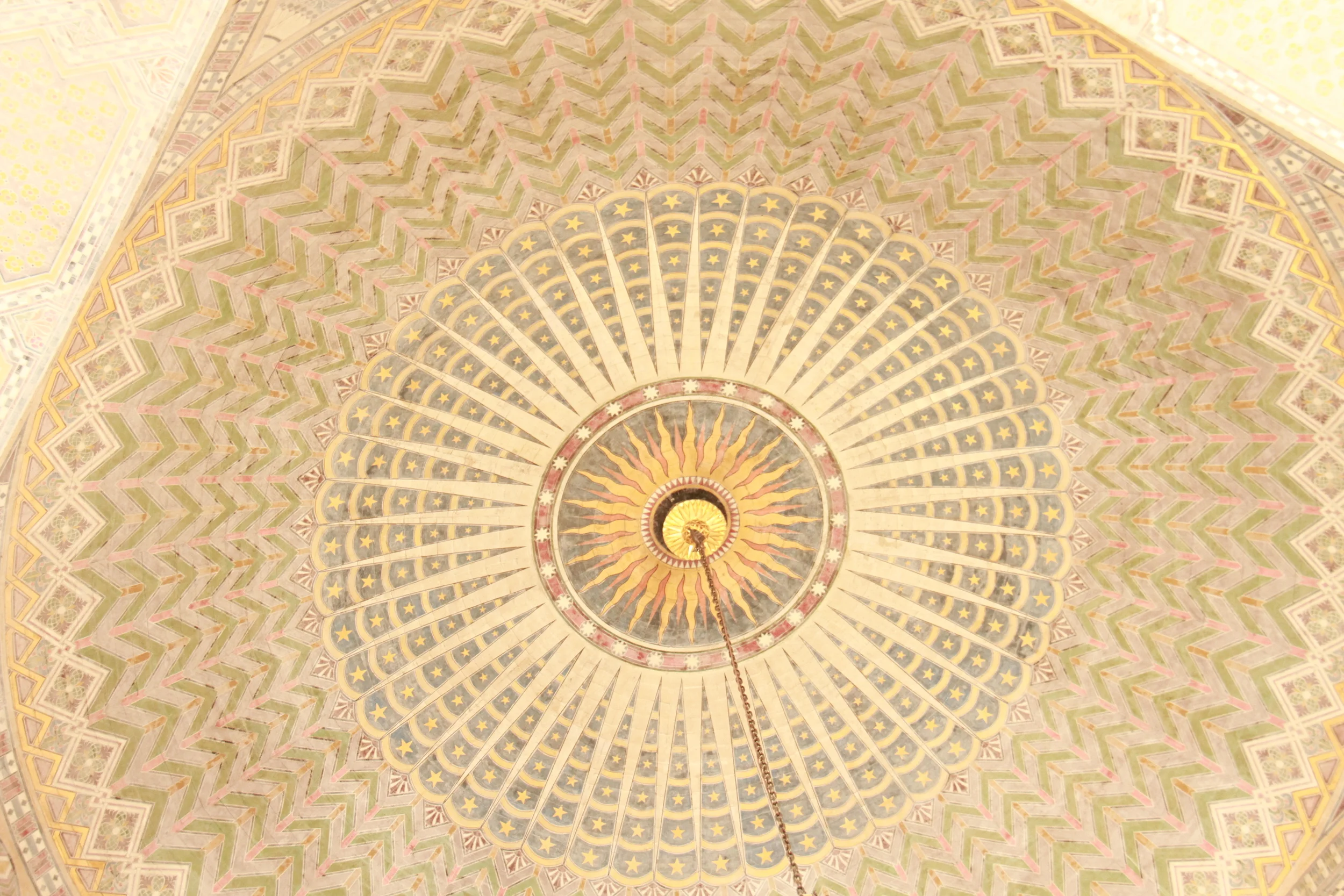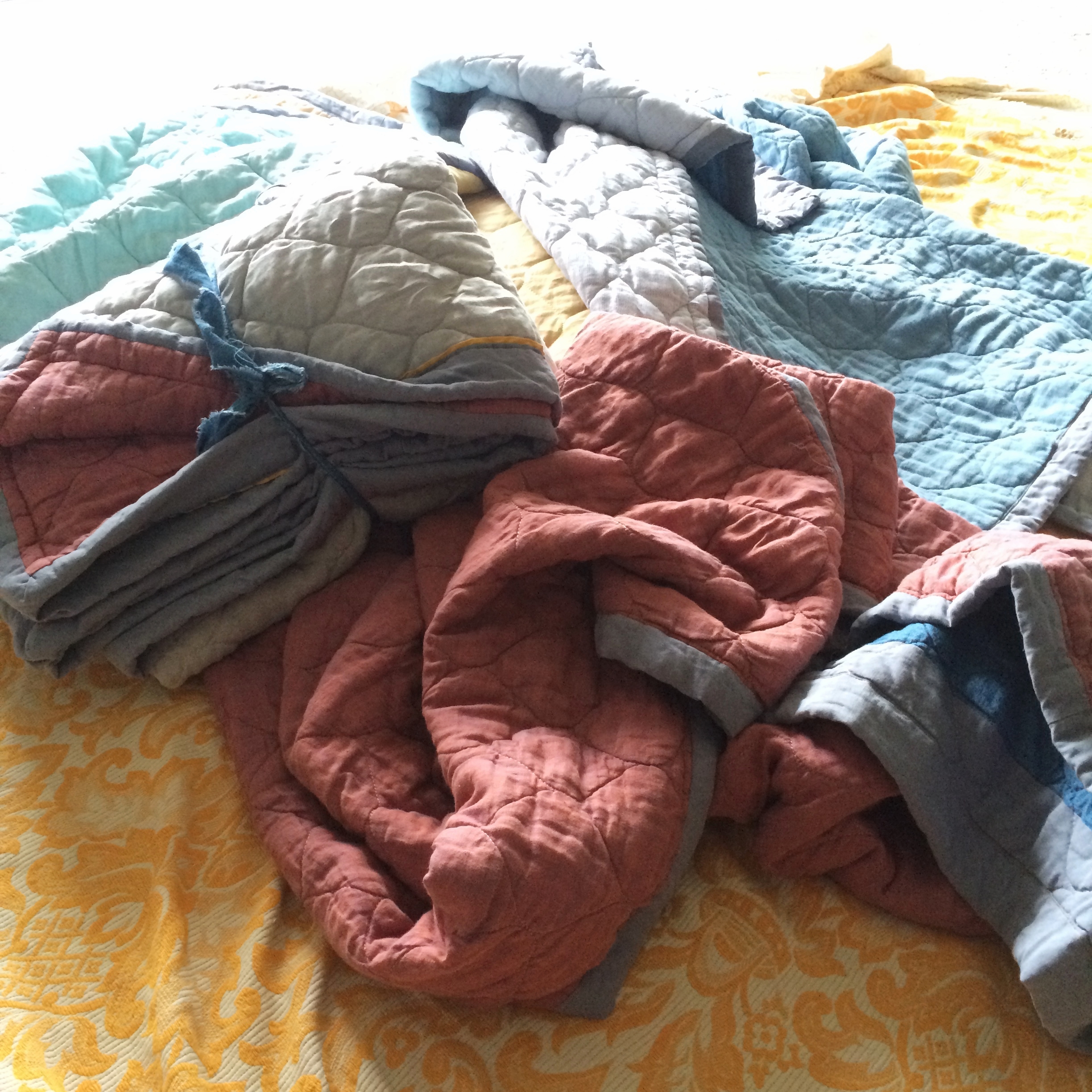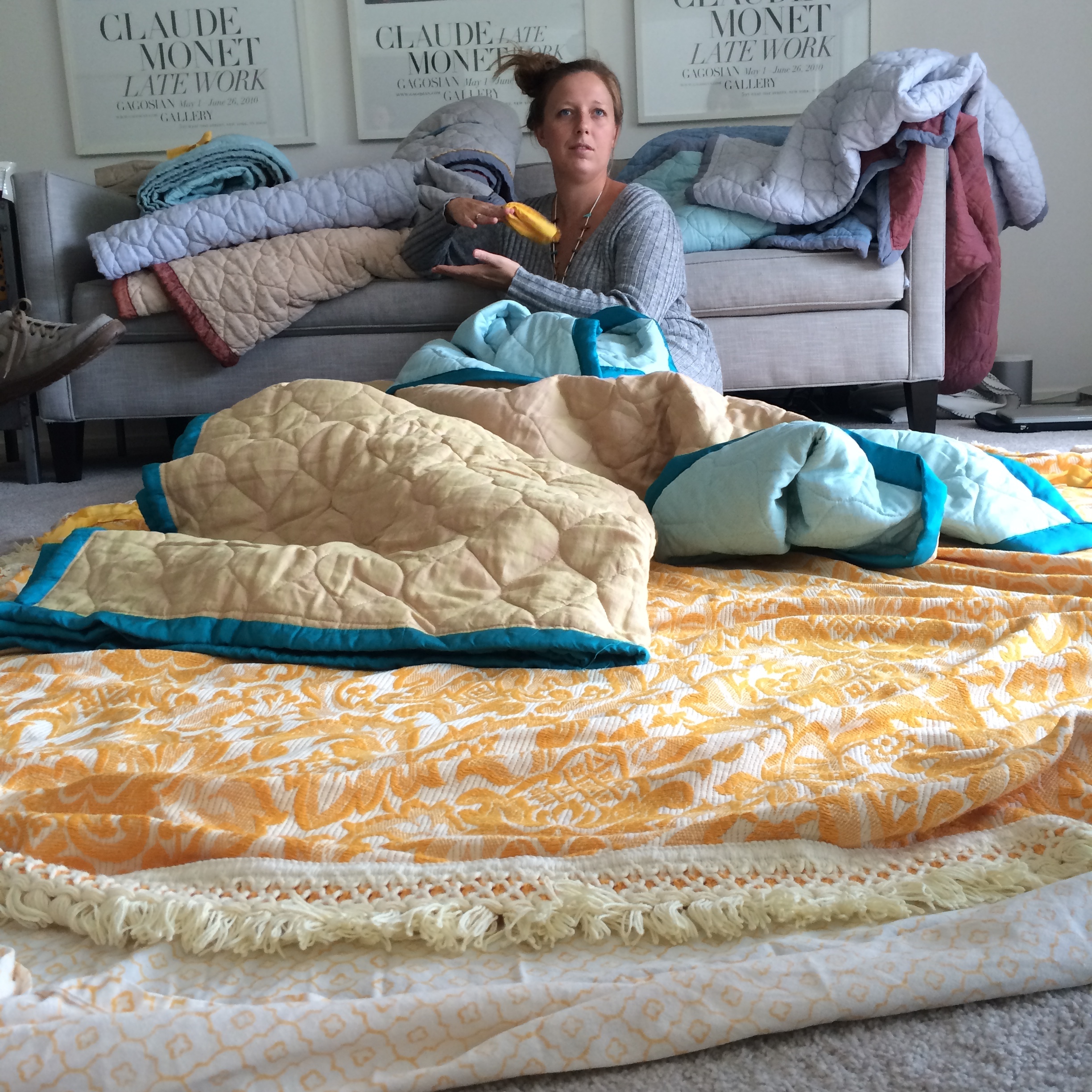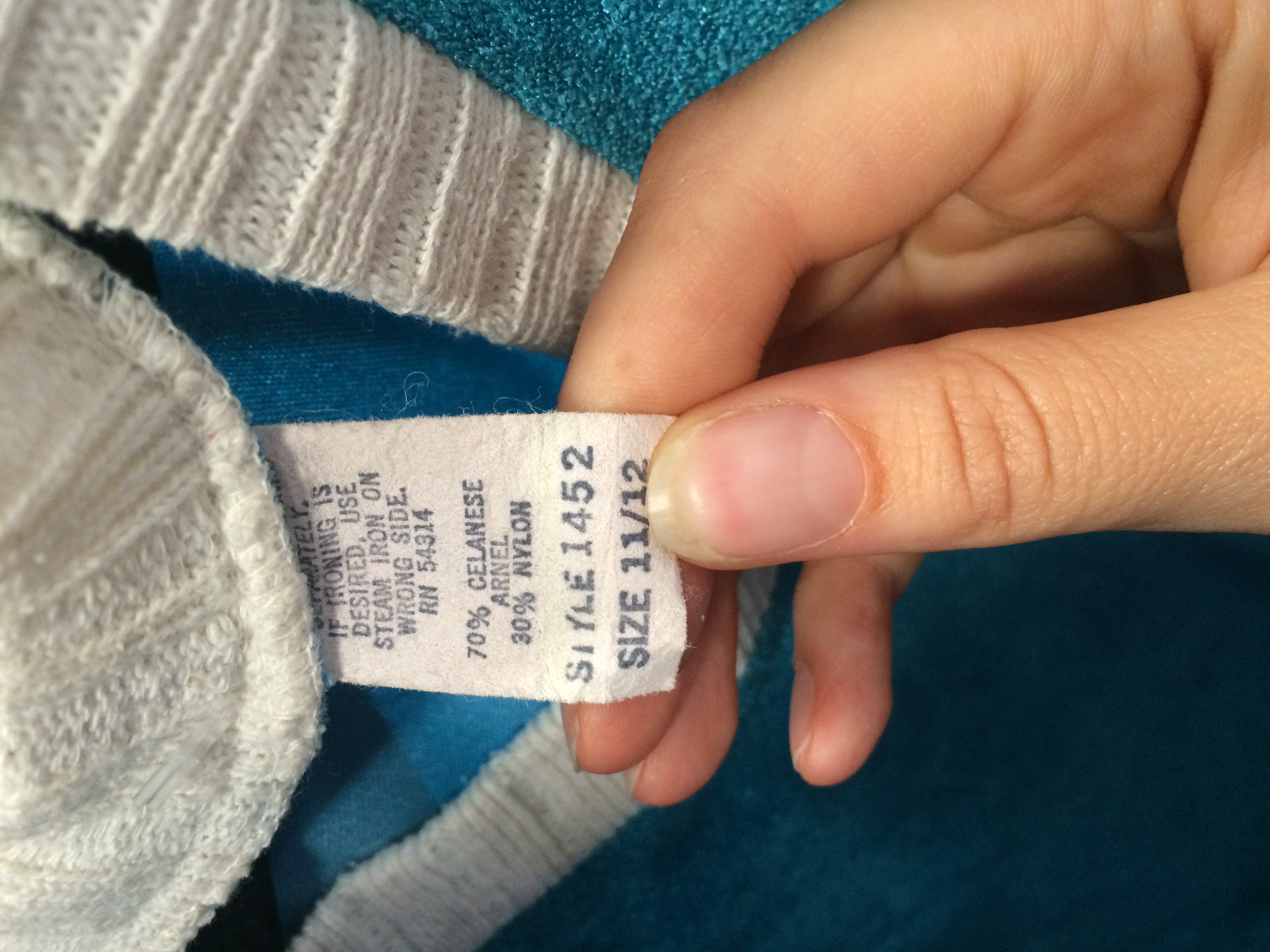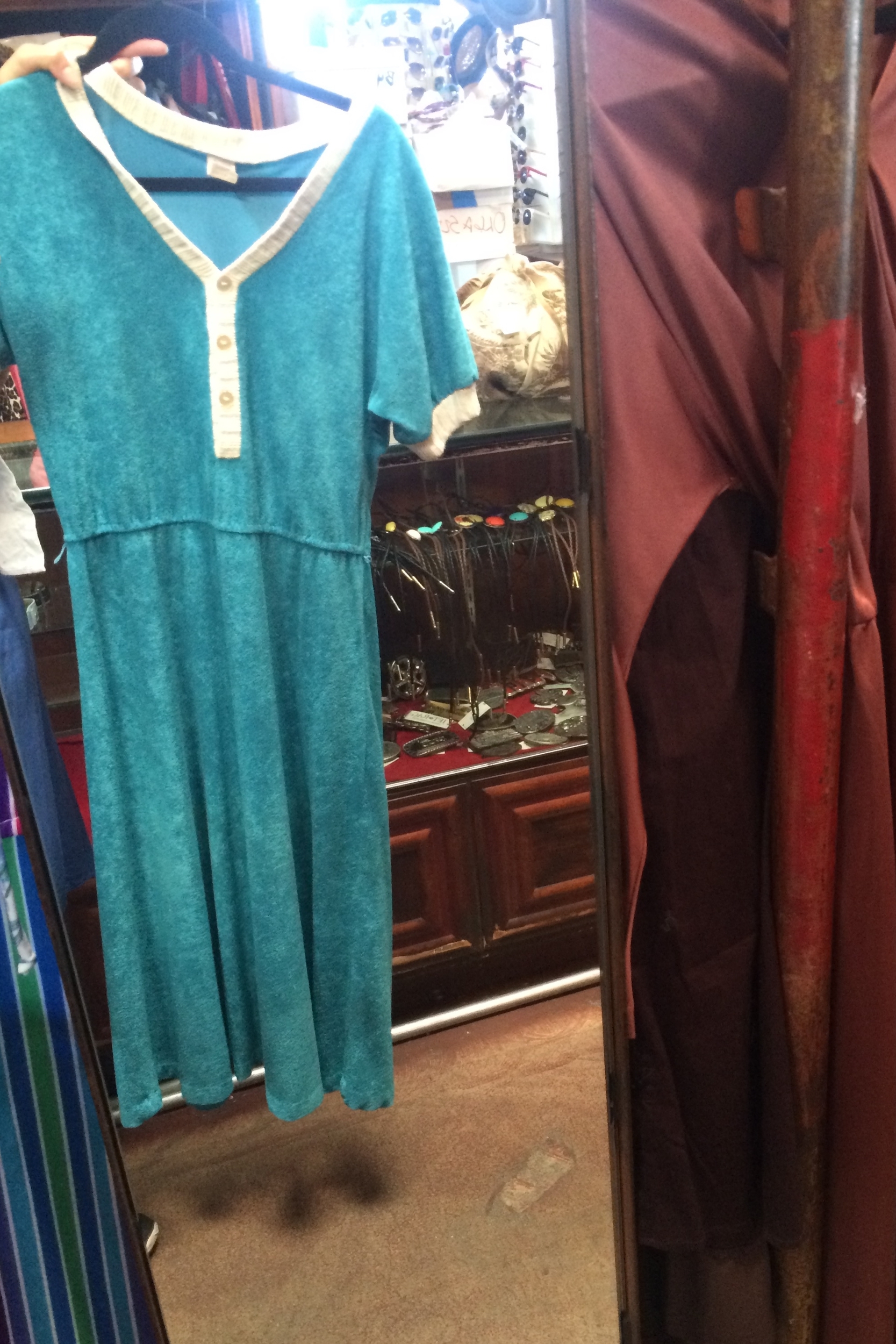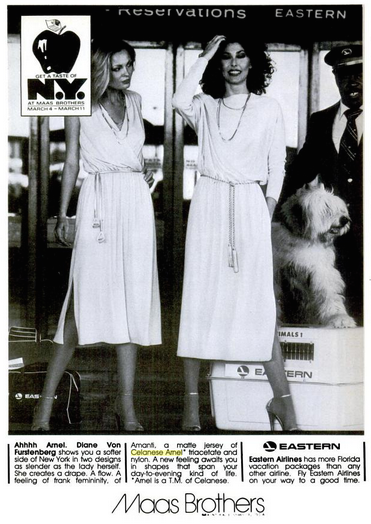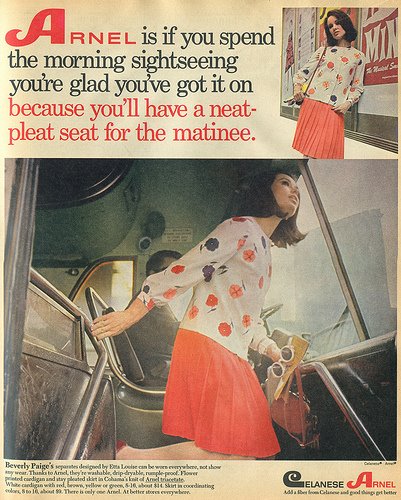Spring 2025
Tonight to observe the spring equinox I have updated the shop!
2 new queen size quilts and 4 pojagi pieces. The pojagi started as little experiments in mixing scraps. I got hooked and would stay up too late making them - there is never a good stopping point. Always a good place to add more.
Pojagi is a traditional Korean seaming technique (strictly speaking should be hand-sewn; mine are done on the machine like everything else I sew) and I am not certain that pojagi’s the right word for these things I’ve made, but it’s close enough for now. Better idea for what to call them? Email me please.
All of these pieces were ready a long time ago, I have just been doing a million other things. In rare pockets of available time I end up sewing other things rather than taking this 45 minutes at the laptop.
For this, for you, tonight I stayed up late again to share them. Sweet dreams!
Fall 2024 Update + Market
News: I had a baby this summer!
So I am extra motivated to find homes for the wonderful one of a kind quilts currently occupying my inventory closet. Baby and his stuff require s p a c e.
Lovelyskybed Quilts will be appearing at the Modern Makers Market in Cold Spring, NY on November 9-10. Info here: Modern Markers Market 2024
And of course, I do have a few new quilts in progress which I’ll post this winter.
to all my friends and supporters, thank you!
Fall 2023 Quilt Show and Sale
It’s been a busy summer and I am very excited to share these new quilts of all sizes.
Saturday 9/30/23 at our favorite spot, Paradise of Replica record store in downtown NYC.
Full web shop update to come after the sale.
xoxox see you there! -Lizzie
Lovely Sky Life Update
Hello! It's been 3 years since my last post and indeed I have a few updates to share.
With my Material Futures MA degree completed I am now re-rooting in NYC with a new day job in sustainable fabric research & development for a big American brand that you've definitely heard of. It's going well!
In my free time Lovelyskybed continues. The quilts I've been working on recently focus on moments of subtle intricacy. I'm using a wider range of colors and materials, including rustic linen and silk satin, while staying true to my Lovelyskybed vision. It's more luxurious and peaceful than ever, and more open to experimentation.
I'm putting more work into each unique quilt, and increasing size ranges to include king size, so the prices on most quilts will be more elevated going forward.
I'm also introducing a few reversible single-layer bedspreads that are not quilted, but pieced using a technique inspired by Korean pojagi seams. This is an exciting medium that feels even more like painting with combinations of drape, color and texture. Think: big pieced-up top sheet. And I love layering them over or under quilts on a traditionally made-up bed.
As I settle in to my new home workspace there are a few older quilts I've been experimenting on for years and have realized it’s time to part with in order to make space for new things. These studio-experiment quilts are not pristine, but they're very soft and quirky. Keep an eye out for these and perhaps other treasures on my ongoing IG ‘studio sale.’
And as we burrow deeper into the cold-weather season I hope to host a quilt party somewhere in New York in November or December, virus situation permitting, so I can finally show some of this new stuff to friends & followers in person.
Material Futures
There are changes in Lovelyskybed-land! I am spending this summer in New York and getting ready to start graduate school here in London in the fall.
Los Angeles is in the rearview mirror for now but I will always have love and gratitude for those angels out there, so many of whom contributed to the successful launch of Lovelyskybed from 2015 onward. Zero to universe in 3 years. If you happen to ever read this, you should know who you are — THANK YOU.
New quilts will still be coming, for a while, as I work through my overflowing stash of deadstock & vintage fabric. The new ones are definitely getting more experimental. And I haven’t even visited Fabscrap in Brooklyn yet this summer…
I am also hoping to continue the sporadic production of #lovelyskybed #quilt photos and media to post here and on other parts of the internet.
Wish me luck!
(photo by Benoit Pailley, 2009)
Loved Clothes Last
Spring reading! I bought myself this zine (the second one produced by Fashion Revolution) and I am savoring it. So many good inspiring ideas. I might even follow their handy guide and mend a moth-eaten sweater.
NYC friends, let me know if you want to get together and peruse my copy!
Also available here to buy your own: https://www.fashionrevolution.org/resources/fanzine2/
The song behind Lovelyskybed
...or Philosophy of Lovelyskybed, v.2.
Fall 2017, as I am getting ready to introduce the new MIDNIGHT queen-size quilts, and some other new colors.
Here is a long-overdue explanation of how I named this project. The product of my project is quilts, but have you noticed that the name is actually BED?
Someday when I have time to expand this project to what I want it to be, it will be more than just an instagram and some quilts. The space of beds is truly what it’s about, and I started making my own quilts so I could offer something special and unique to add to a bed. And because I had a stash of gorgeous fabric and no higher use for it than sewing together big rectangles. But there should be much more than just my things on that bed.
I took the name from the Alice Coltrane song “Lovely Sky Boat.” I was charmed the first time I read those words together on a digital tracklist and I remember putting it on repeat for the name alone; I don’t have memories of the music itself registering with me until later. I guess I chose that track because it sounded like the name of a song I wanted to live in.
Alice Coltrane (1937-2007) was a musician originally from Detroit. She was a jazz pianist and harpist who was married to John Coltrane until his death in 1967 and recorded many albums of her own as she continued on a spiritual journey after her husband’s death, later becoming a Vedic religious leader in Southern California and releasing tapes of devotional music she made for and with her spiritual community.
found Alice Coltrane’s music back in 2010 or 2011 on the recommendation of a friend, starting with the Journey in Satchidanand record, and have had so many beautiful moments with her music. The Turiya Sings album will probably be my #1 flying music forever, after a mind-blowing first listen on a transcontinental overnight flight. Somewhere out over the Atlantic, Alice’s synthesizer swoops into infinity…
Then in 2015, when I was developing ideas for what to call my quilt project, I remembered this song, switched out BOAT for BED and it all made sense. The project feels more and more suited to its name. I also think that the words boat and bed must be etymologically related, right?
Now please listen to the song, if you haven’t already today:
I could have shared my connection with this song from the beginning, but it's been hard to sit down and write something that seems so obvious. I have this in my mind every day as I tend my bed-stagram without putting it into words…
The bed is the safest, most intimate space in our lives. I can call in Arianna Huffington and the other experts to talk about the importance of rest and sleep etc. - I’m taking all that for granted. And I’m generalizing a little, but still, for most people their bed is their ultimate *zone.* It's more about the liminal moments of comfort on either side of sleep.
The thing about beds that I’m into is the part that’s actually in your brain. The part that, when things go off, it pulls you back in to centeredness. Like an animal back to the nest. Every night, etc. The safe place. Like a boat in the middle of an ocean!
My sky and ocean references are of course key to the colors I choose for quilts and inspiration I post too.
The point of all of this Lovelyskybed stuff (for the past 2 years sharing the quilts anddigital inspiration - but hopefully someday more of my own photographs, portraits, a book, rooms, films…) is that I want everyone to think about their beds and intentionally make them really right for themselves. And then when you wake up in the morning, you feel so cradled in beauty and also so free that you can go out for the day, live well, listen to great music - do great things.
LSB @ Falling Days
My newest quilts, the long-awaited king size MIDNIGHT editions are going to be available for $365 each at Falling Days, a seasonal retail/community/event space located in Los Feliz, LA at 1709 N. Kenmore St. Open Thursdays-Sundays, 11am - 7pm. More info here: http://www.days-la.com/
LSB @ VVE
It's a really great feeling when someone finds Lovelyskybed on instagram and writes me an email. Even better - when this wonderfully warm & friendly out-of-the-blue emailer is also the buyer at a store here in LA, looking for cozy new home goods to add to her assortment. A beautiful email/feeling.
So I went over to drop off a few quilts this weekend, hung out with my new email pal, tried on a bunch of clothes, and took a few photos.
The store is called VVE and it's stocked with all my favorite South Korean brands I didn't know about until I walked in... Very good jeans and shoes. I was so happy and relaxed that I didn't buy anything. Just had fun, and I know I'll be back.
VVE • 211 S La Brea Ave, Los Angeles, CA 90036
ps - But then I walked down La Brea for a little more shopping research and fell hard for a metallic pale blue leather jacket. Vintage Versus. It fit and I couldn't resist. What a La Brea day!
Cotton, cause and effect
Year round, no matter what weather, a simple top sheet is the first layer on my bed. And when I think about sheets, I think about cotton.
It's by far the most common and versatile type of bedding out there - naturally soft, smooth, lightweight, cool and comfortable.
Cotton is one of the crops most closely tied to human society. Since it was first domesticated - at least 4000 years ago in South America - we have changed cotton, and cotton has changed us.
In the 18th and 19th centuries, a convergence of global factors - new spinning and weaving technology, new trade routes, new labor forces at every step of the process (many of those people exploited if not outright enslaved) - all of these factors combined to spark England's cotton business and fuel the Industrial Revolution. Before that, textiles were handicrafts, "homespun." Then cotton caught on around the world and became the fabric of our lives.
Suddenly we entered the age of mass-production. Even after polyester came along in the 20th century - much cheaper, more durable & easier to produce - cotton has remained the top choice for anything that touches our skin. Clothing, bedding, all of it. And so many other stories come from cotton - like denim! Cotton is amazing. And it keeps evolving, even though most modern changes to cotton have remained invisible. What's this thing called thread count, anyway? Another topic for future discussion.
The thing that doesn't make sense to me right now is actually how little has changed about the way cotton reaches our closets (and beds, and bathrooms, and everywhere else). This is an agricultural product that is grown just like food crops and still covers a significant part of America and the entire world's fields.
But by the time a cotton top sheet has reached your bed, it's almost like it was 3-D printed out of thin air in a Target stockroom right before you put it in your cart. There's no connection back to where your cotton came from. Imagine having stickers on all your cotton products - like the ones on apples in the supermarket - saying what country it was grown in. It seems silly, because most of us forget that cotton has much more in common with what you buy in the supermarket than the rest of Target does.
Of course, many people have not forgotten this, and work is being done every day to tell the story of cotton. Cotton supply chains have lasted for a long time without changing. 300 years after the start of this story, it seems like a good time for transformation.
Cloud Coasters
I bought these completely unnecessary little lifestyle accessories last fall for my first trunk show party. I think they helped make that whole afternoon in Laurel Canyon a success. And I do love having them float around now at home.
Cloud coasters forever!
Autumn Events
Hi folks! I've been busy finishing new quilts and starting a new full time job. Things are good.
3 weeks ago, my lovely friend Jennie hosted us at her house in Laurel Canyon for a lovelyskybed trunk show. It was cool and gloomy outside - perfect weather for a cozy afternoon hang.
But if you missed that one, don't fret. I'm having another trunk show in 2 weeks at LA County Store in Silverlake. It's Sunday 11/8 from 12-2pm. Quilts will be priced specially for the day (and some mini baby versions too) - so stop by and see! xoxoxoxoxo
A Kantha Quilt
Highly recommended: buying a gorgeous kantha-stitched quilt from the Tripty Project. Hand-sewn from colorful vintage silk sari fabric. Truly one of the loveliest things you can put on a bed.
The bonus: supporting the Tripty Project's groundbreaking and important work with artisans in Bangladesh. Now live on Kickstarter through September 10th.
http://www.tripty.org/kantha-quilts-1
$190 (or more, if you want, since it's Kickstarter). Really a deal!
What the ?? is Celanese Arnel
Shopping at Jet Rag here in LA this week, I was browsing the vintage dresses, checking out content labels as always. I found something I'd never seen before on the tag of this blue terrycloth 1970s loungey-item: 70% Celanese Arnel 30%Nylon. Nylon, of course i know. But Celanese Arnel ??
I went home, did some googling, and learned that Arnel was the trade name for a triacetate fiber made by the Celanese Corporation of America. Its British counterpart was called Tricel. Triacetate, the generic name, is a member of the "synthetic cellulosic" family of fibers, like viscose - the raw material is cellulose, which comes from plants, but then it's broken down chemically and reconstituted into a fiber for textiles. So it's an artificial fiber with natural origins.
The company that eventually would produce Celanese Arnel was founded by Camille and Henri Dreyfuss, Swiss brothers and chemists (also the inventors of synthetic indigo!), who began developing acetate from cellulose in 1908 intending it as a non-flammable alternative to celluloid. The Dreyfuss's new material was quickly adopted for photographic film (by Pathé cinema studio in Paris, among others) as well as by the British military as an airplane lacquer.
The company expanded to the US after World War I and began producing acetate fiber in the US in 1924 at a factory in Cumberland, Maryland. Business boomed. At the time, acetate was a new material, cheaper and easier to care for than silk, though it soon had competition from an explosion of other branded synthetics in the mid-20th century. Triacetate, introduced as Celanese Arnel in 1955, offered improved "wash and wear" performance from the original acetate, and also had a distinctive shine. Think velour, tracksuits - 20th century classics of synthetic fabric.
In 1986, Arnel's time was up when the Celanese Corporation announced it would end production of its triacetate fiber in the face of its declining popularity, combined with tighter toxicity standards from the US government.
Turns out methylene chloride, one of the solvents used in triacetate production, is really toxic and carcinogenic. The fiber is no longer produced anywhere in America but can be found in European and Japanese fabrics. So watch out! It's fun to encounter in the vintage section but triacetate is not a fabric for the future.
https://en.wikipedia.org/wiki/Camille_Dreyfus_%28chemist%29
http://www.cirfs.org/manmadefibres/fibrerange/Acetate.aspx
http://www.highbeam.com/doc/1G1-4105763.html
Philosophy of Lovelyskybed, v.1
Henri Matisse's Luxe, Calme et Volupté, 1904
I was traveling the other day, up in the lovely sky myself, and decided to start writing down my philosophy of beds for this project. Ironically, a bed is pretty much the opposite of where I was at that moment, flying coach squeezed in a middle seat somewhere over Texas. Here is the first part.
Your bed is proportioned to your resting human form. It's just bigger than your outline, a comforting containment. You close your eyes there, and it becomes your space capsule. In a cozy bed, you safely set off on infinite inter-dimensional voyages of sleep and dreams.
The bed can cradle fellow-travelers, too. With a companion, whether you are “sleeping together,” actually just sleeping, lounging around talking, reading or watching a movie in bed, it is the site of your most intimate moments. Your bed is both mystical and practical.
Everyone has at some point thought about the fact that 8 hours of sleep per night means that you spend a third of life in bed - "so invest in a good mattress," people say. Unfortunately, many of us spend far less than the recommended 8 hours a night restoratively zzzing. I think that’s even more of a reason to enjoy your bed.
When you go to your laying-place at the end of the day, it's a refuge from the other two-thirds (or more) of life. Maybe your bed is a reward. Maybe it's surrender, or relief. It's so personal.
I am hoping with this project to expand the expressive possibilities of making beautiful beds. We all should do it. There are so many different ways. Make your bed cozy, exciting, elegant, whimsical, or simple. My current touchstone words, from Baudelaire's poem L'invitation au voyage, are Luxe, Calme et Volupté: luxury, peace, and pleasure.
Above all, I want to inspire a bed that is comfortable for your mind, body, and soul. It is so fun and fulfilling to make your bed feel really good. And the products – my take on perfect lightweight quilts - are what I offer to incorporate into the personal expression of your own lovely sky bed.
Tech + Textile: Project Jacquard and Bolt Threads
There have been a couple big “textile tech” headlines in the past few weeks: Google debuted Project Jacquard, a new ‘hardware’ for creating conductive textiles, and a new company called Bolt Threads announced their breakthrough development of a new protein fiber based on spider silk.
These are both big exciting splashy launches, neither of which I expect to change the apparel business anytime soon. Conventional cotton and polyester supply chains aren’t going to be budged by these guys for a while. It is cool, though, to see ideas from the tech world on how our industry can and will evolve. After all, some of the world’s most ancient technologies (looms! spinning wheels!) were developed for the creation of textiles. And the jacquard weaving method is itself based on binary programming, an early version of computer code. Which makes it a very appropriate name for Google’s new project.
What Google has done, as I understand it from the sweet video linked below, is collaborate with an industrial yarn manufacturer to incorporate a superthin thread of metallic alloy into regular yarn as it is spun. Until now, this process was possible, but apparently had not been refined enough to make the yarn size, quality, and price suitable for industrial production. The main body of the yarn remains cotton, polyester, silk, whatever – indistinguishable from other yarns without the conductive thread – and can be woven or knit into fabric on regular machines. The only difference is that this fabric can be connected to micro processors (in a button, for instance - Google is developing those too) and programmed as an interactive garment. Since Google is partnering with Levi’s for the launch, it seems likely that the first Project Jacquard-supported garment will be jeans. And as for the reason I’d want to wear interactive jeans, I’ll leave that to Google and Levi’s to develop as well.
For Bolt Threads, on the other hand, I know exactly why we need their product. The most popular modes of fiber production we currently have on Earth – growing cotton and manufacturing polyester – are unsustainable. The resources consumed and trash produced by virgin cotton and polyester throughout their life cycles just can’t be supported forever. It will be great when all cotton, polyester, and for that matter viscose, nylon and acrylic can be recycled continuously in a cradle-to-cradle loop, but that’s not happening anytime soon. I expect to be wearing interactive jeans long before that happens.
In the meantime, we need new fibers and smarter, lower-impact modes of production. What Bolt Threads is doing is synthesizing a new protein-based fiber that genetically copies the structure and properties of spider silk – soft, stretchy, strong, great at regulating temperature, all the reasons we love silk – but without actually involving any spiders. It’s all done in a lab using bioengineered bacteria and fermentation. Smart guys. What’s more, they’re planning on going beyond the basic fiber business and bringing finished fabric to market next year with the help of US yarn giant Unifi. I’m curious to see if this spider-replicant silk really does perform better than regular silkworm silk.
Either way, it’s an attention getter. And even if they’re just headlines right now, attention to these stories is what’s going to make them come true.
One last thought.... what if Project Jacquard and Bolt Threads teamed up to create a conductive synthetic spider silk?! Project Bolt x Threads Jacquard. Bring it on!








